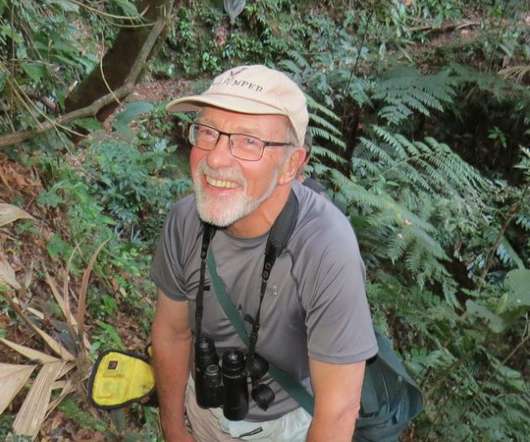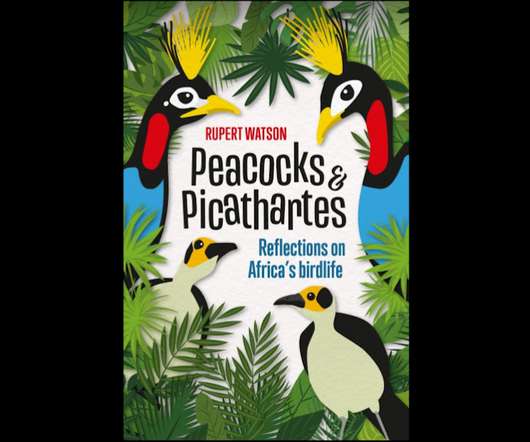How Birds Evolve: What Science Reveals about Their Origin, Lives, and Diversity: A Book Review by a Non-Science Person
10,000 Birds
NOVEMBER 2, 2021
He also believes that we are living in an era of incredible scientific research, one in which new genetic technology and findings from diverse scientific disciplines have turned assumptions upside down, opened up new lines of thought, and provided answers, or at least probable answers, to many of our questions about why birds do the things they do.












Let's personalize your content